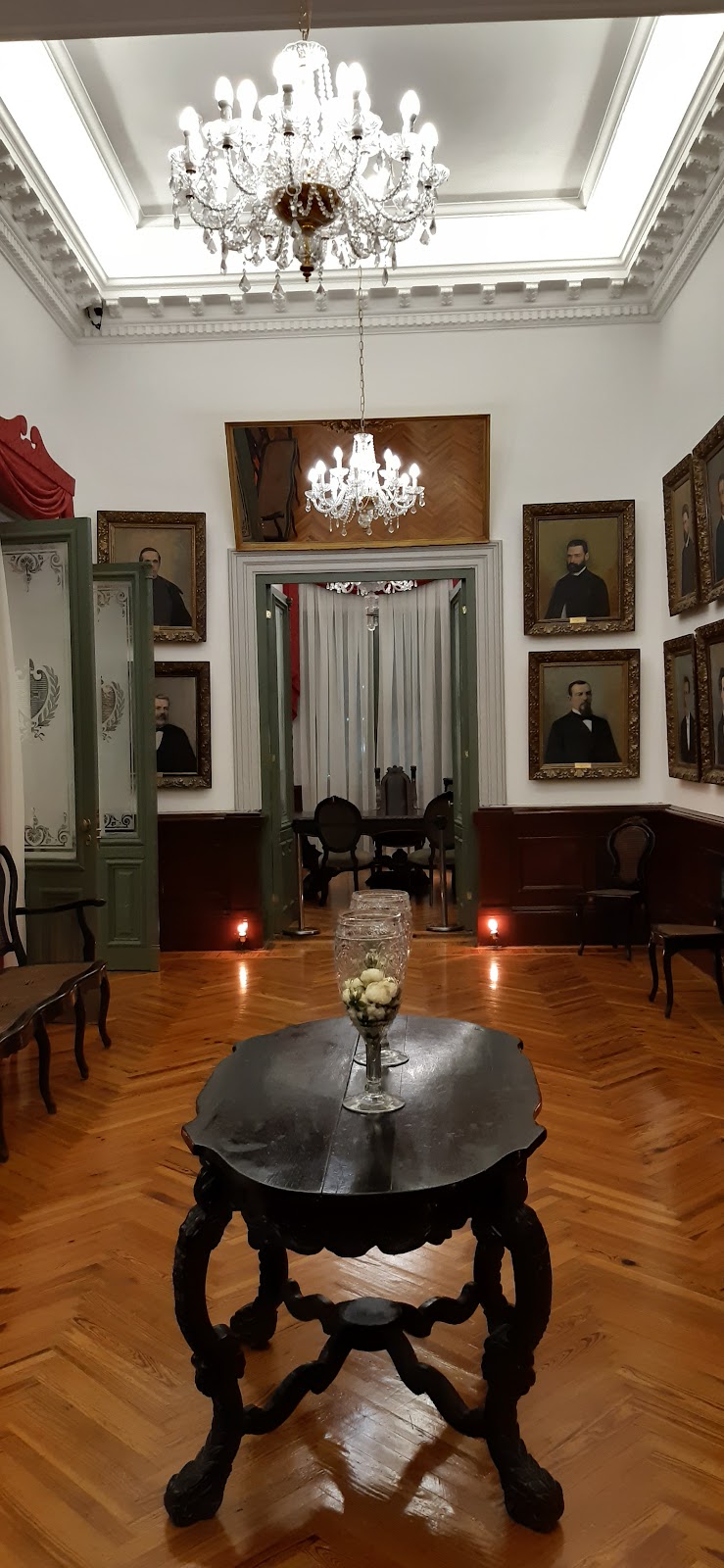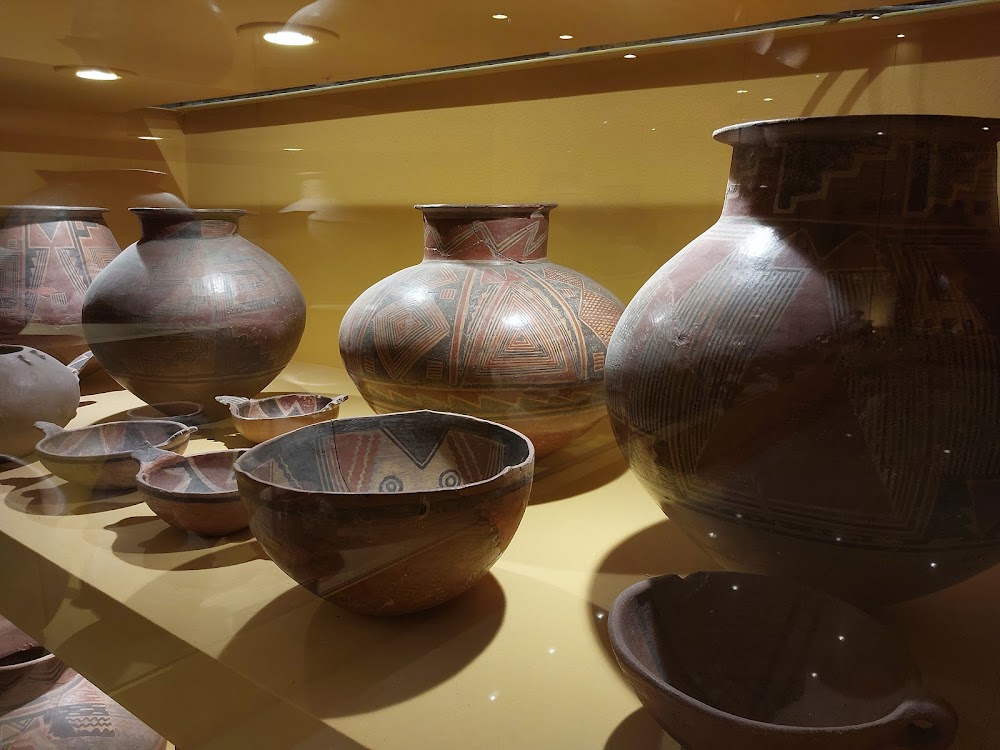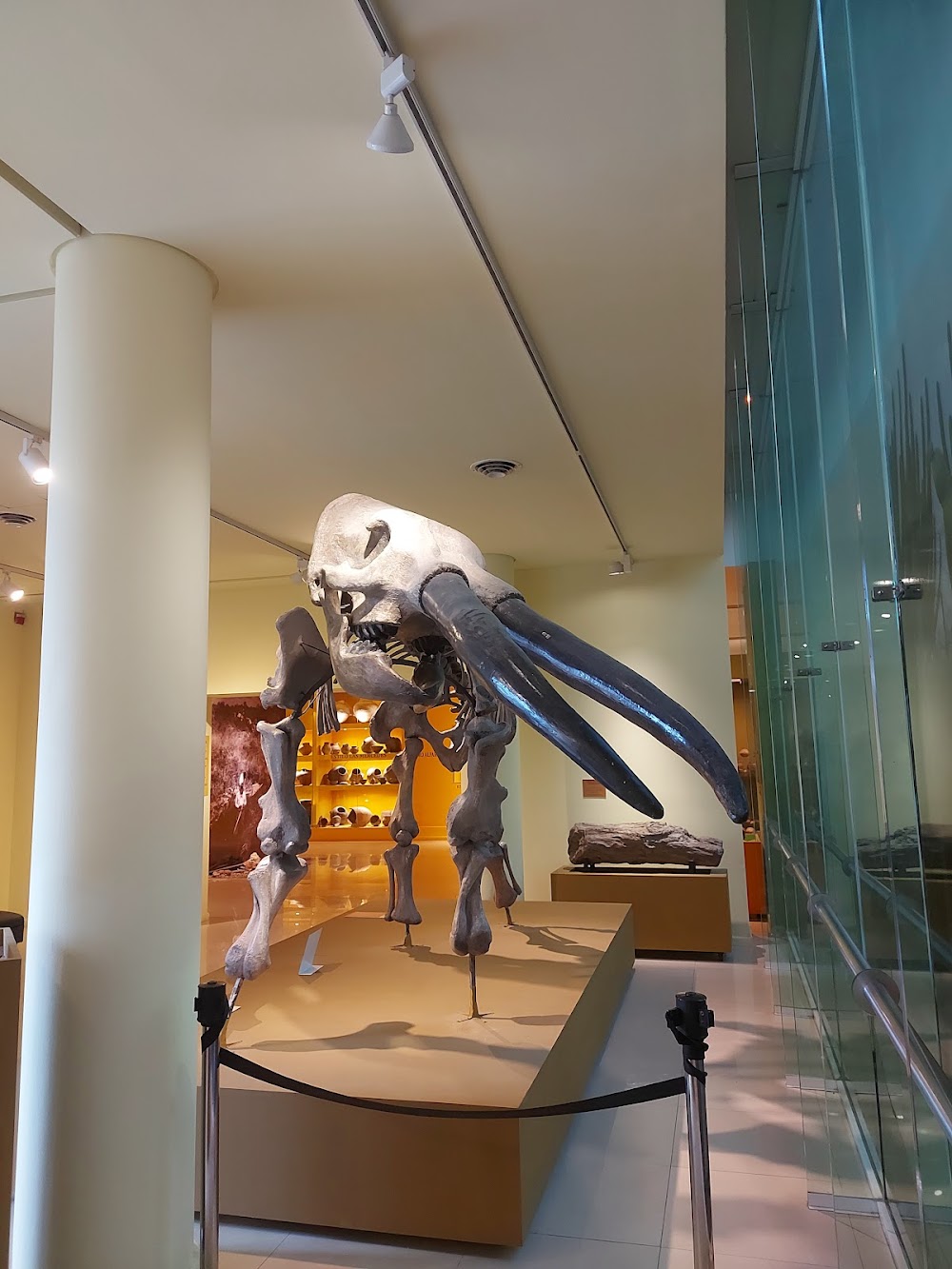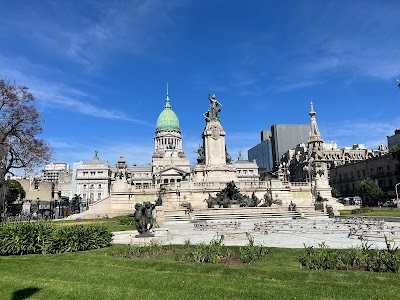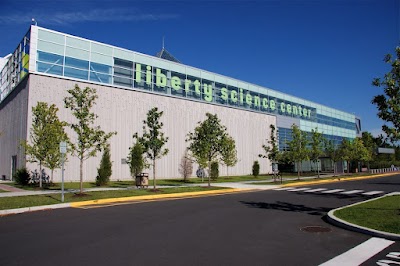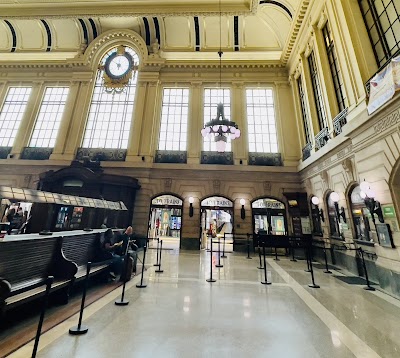Historical Provincial Museum (Museo Histórico Provincial)
Overview
The Museo De Ciencias Antropológicas y Naturales Emilio y Duncan Wagner, also known as the Historical Provincial Museum, is a remarkable cultural institution nestled in the heart of Santiago del Estero, Argentina. This museum is named in honor of the Wagner brothers, Emilio and Duncan, who made significant contributions to anthropology and natural sciences in the region. Their dedication to understanding and preserving the area's rich cultural and natural heritage laid the groundwork for this esteemed institution.
The story of the museum begins with the Wagners' passion for collecting and studying artifacts, fossils, and historical documents that illuminate the region's past. Their extensive collection became the bedrock of the museum, showcasing the diverse history and heritage of Santiago del Estero. In the early 20th century, recognizing the importance of the Wagners' work, the provincial government established a museum to house their findings. Construction commenced in 1911, and the museum officially opened its doors on October 23, 1913, housed in a beautifully designed neoclassical building.
Within its walls, the museum offers a captivating array of exhibits that span multiple disciplines, including anthropology, archaeology, paleontology, and natural history. Visitors can explore ancient artifacts from indigenous cultures that once thrived in the region, such as pottery, tools, and textiles. These exhibits provide a unique glimpse into the daily lives, traditions, and artistic achievements of early communities, enriching the understanding of their cultural legacy.
A highlight of the museum is its impressive collection of fossils and remains from prehistoric animals that roamed the area. Among these are fossils of giant ground sloths, saber-toothed cats, and other extinct species. The museum's displays are designed to be both educational and engaging, allowing visitors to learn about the ancient ecosystems that once existed in Santiago del Estero.
Over the years, the museum has undergone several renovations and expansions to accommodate its growing collection and enhance the visitor experience. In the 1980s, a new wing was added, creating additional exhibit space and interactive displays. These improvements have solidified the museum’s status as a leading cultural institution in the province, attracting both locals and tourists alike.
The museum also plays a vital role in research and education. It collaborates with universities, scholars, and researchers to deepen the understanding of the region's history, culture, and natural environment. Additionally, the museum hosts educational programs, workshops, and guided tours, fostering a deeper appreciation for the rich heritage of Santiago del Estero among students and the general public.
In recent years, the museum has embraced digital technology to further enhance the visitor experience. With the introduction of interactive displays, virtual reality exhibits, and online resources, individuals from around the world can explore the museum's collections and learn about Santiago del Estero's history and natural wonders from the comfort of their homes.
The Museo De Ciencias Antropológicas y Naturales Emilio y Duncan Wagner continues to serve as a beacon of knowledge and culture in Santiago del Estero. It stands as a testament to the dedication of the Wagner brothers and the enduring importance of preserving and celebrating the rich heritage of the region.
With its extensive collections, engaging exhibits, and commitment to education, the museum remains a cherished institution for both locals and visitors, offering a fascinating journey through time and nature. Whether you are a history enthusiast, a nature lover, or simply curious about the past, a visit to this museum promises to be an enlightening and unforgettable experience.



